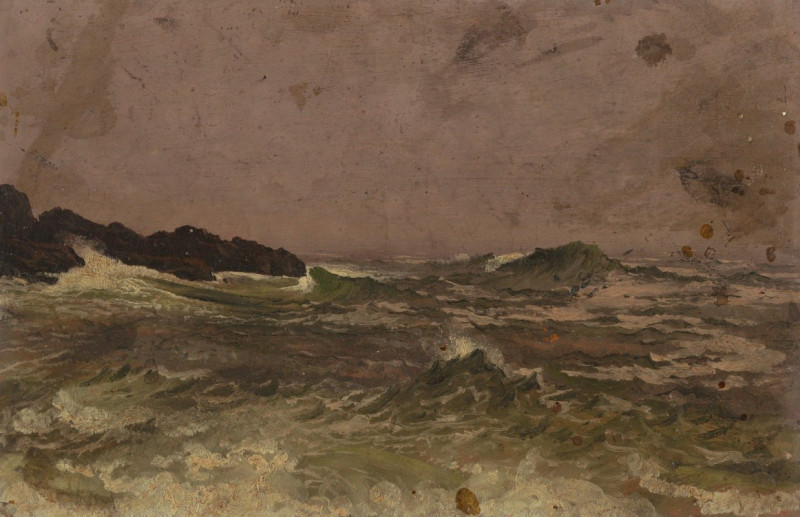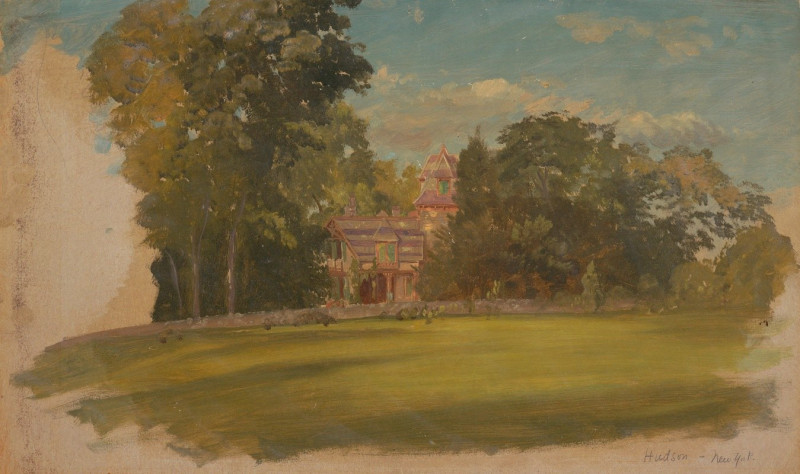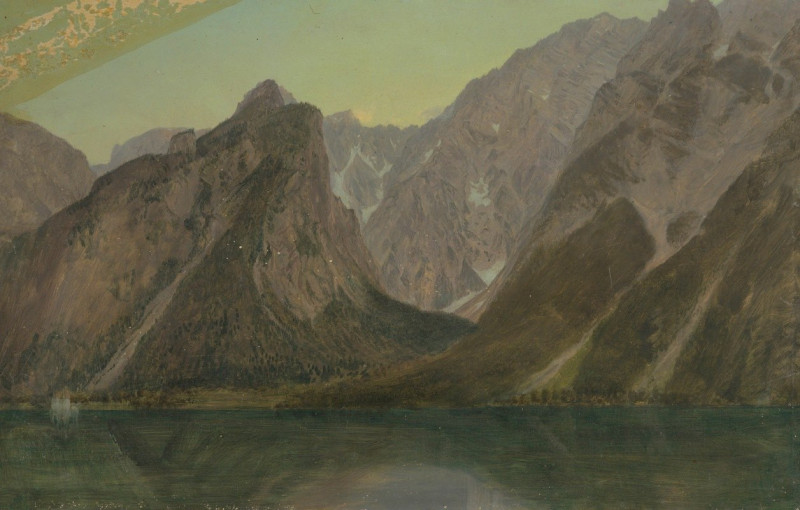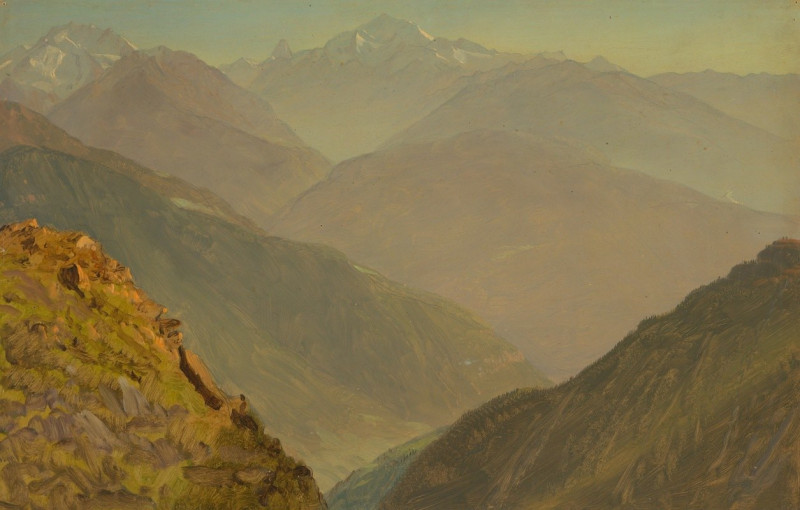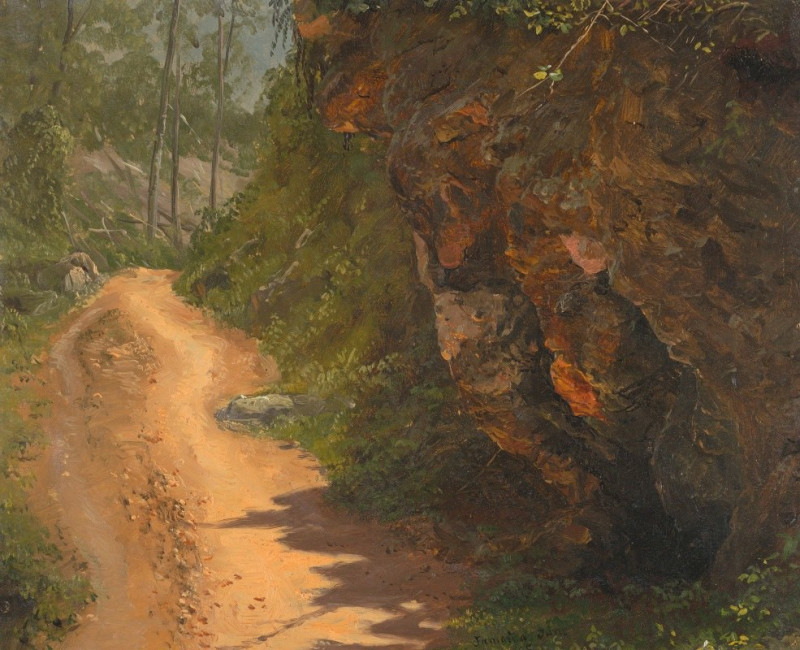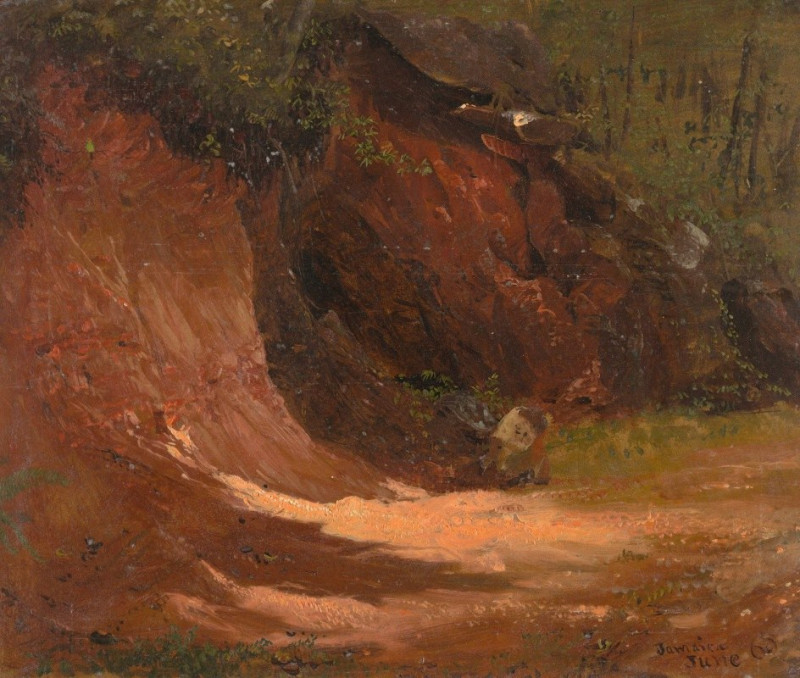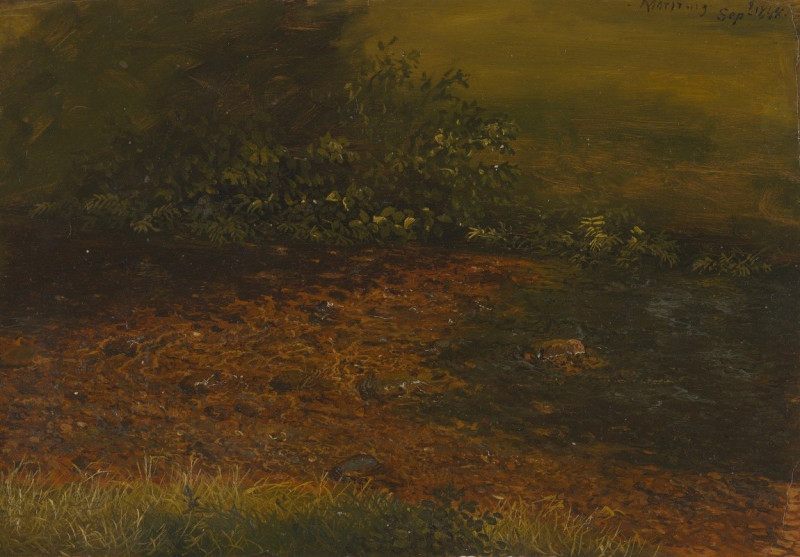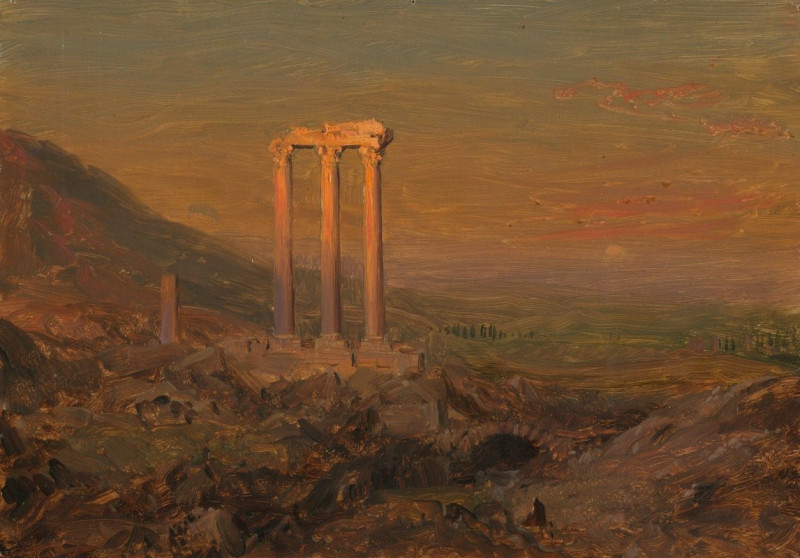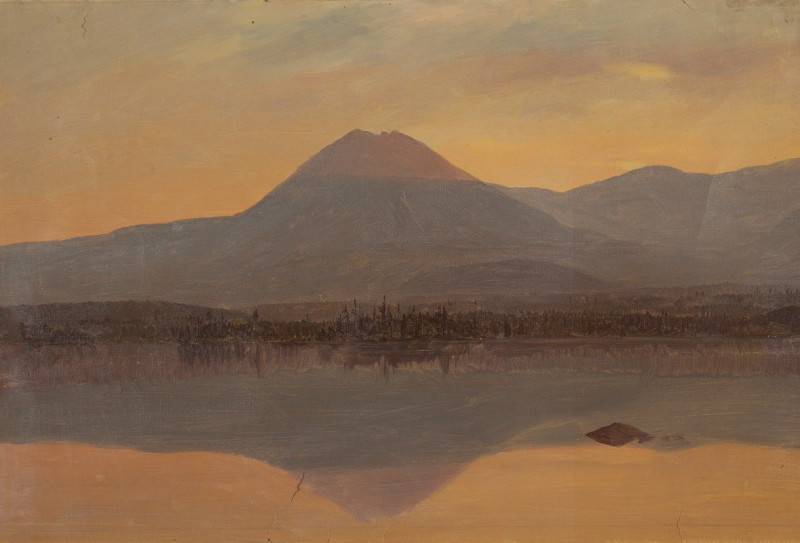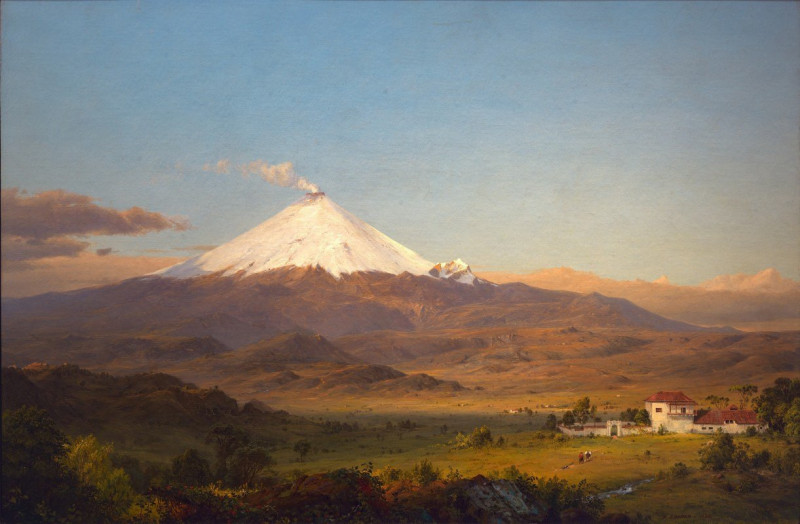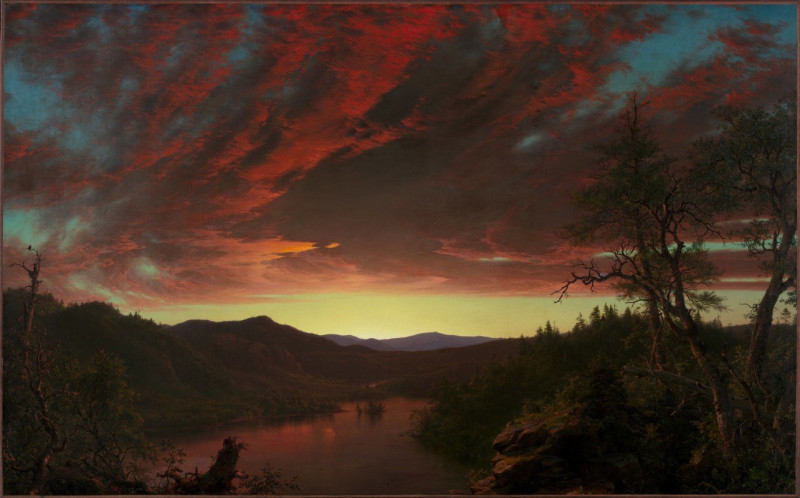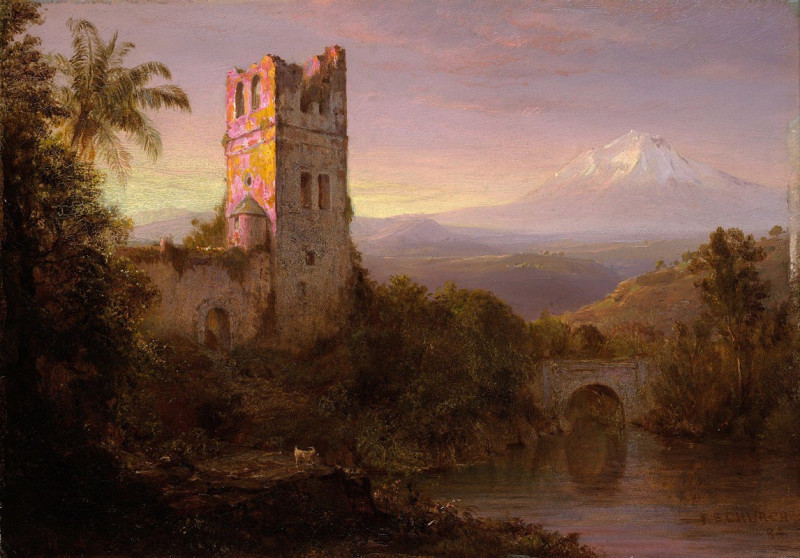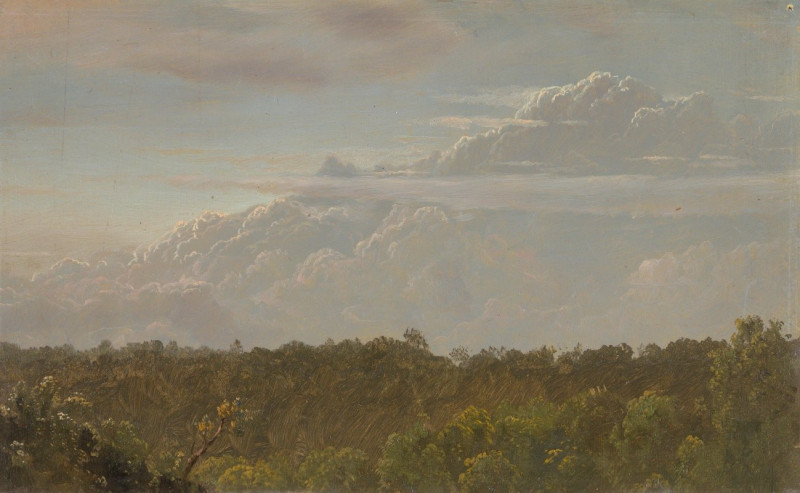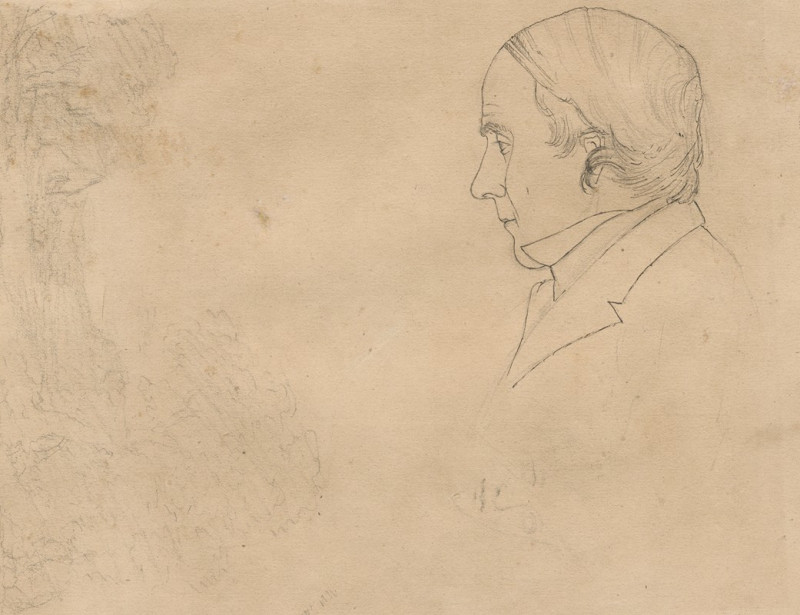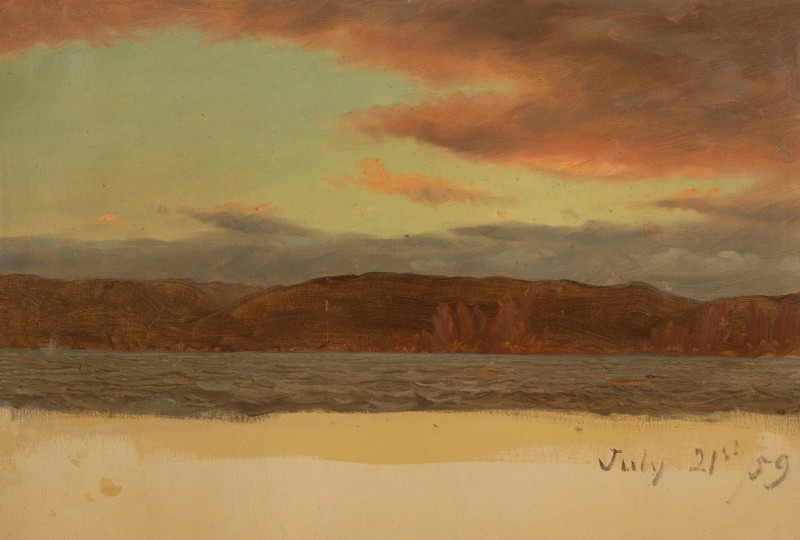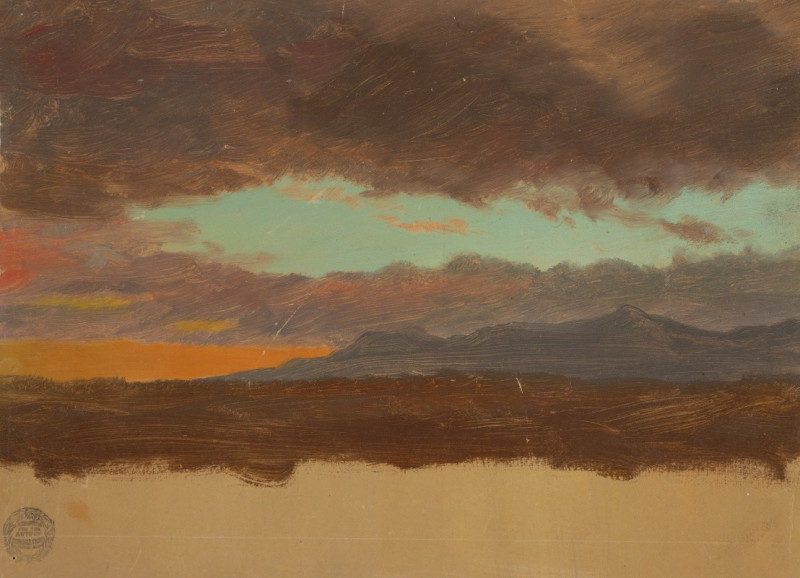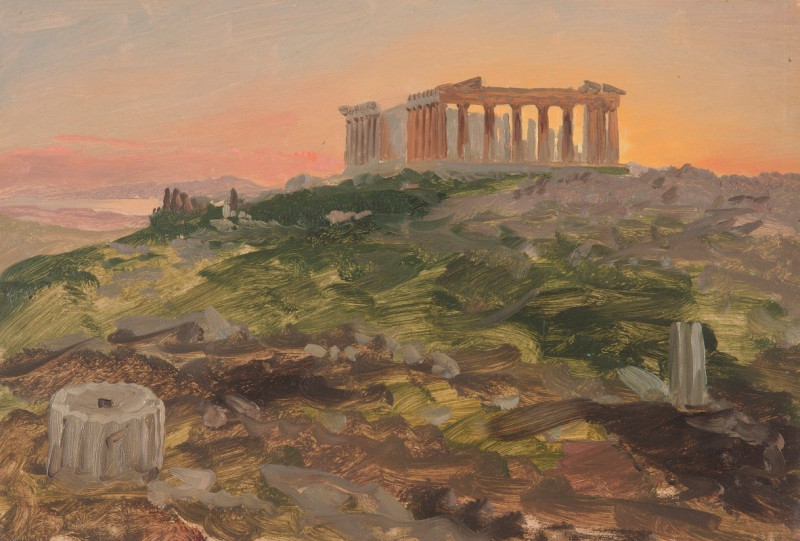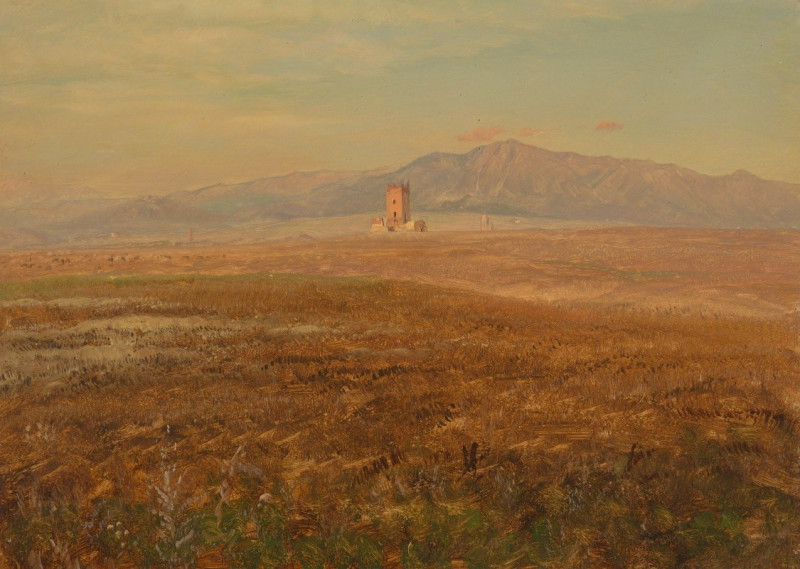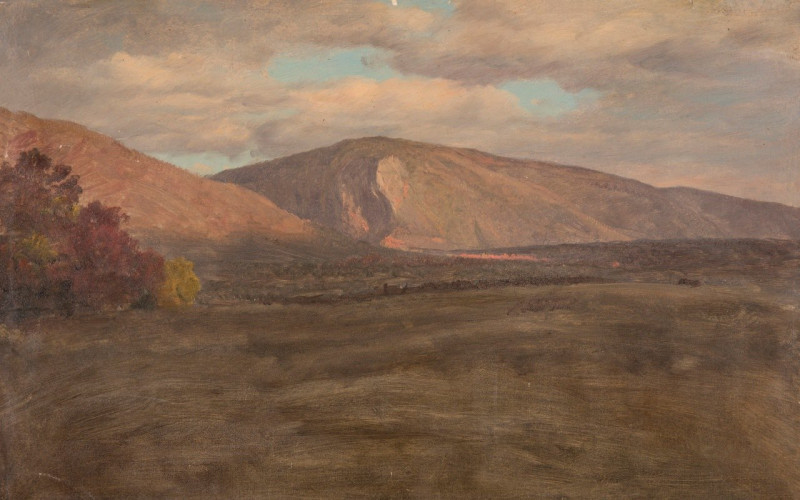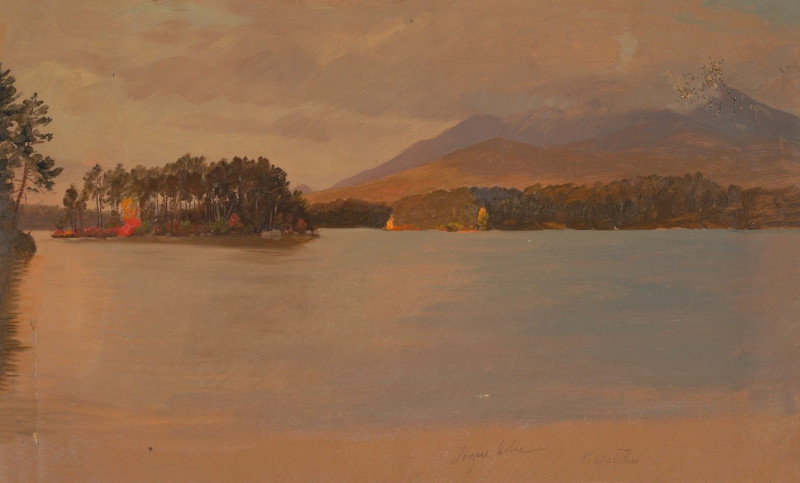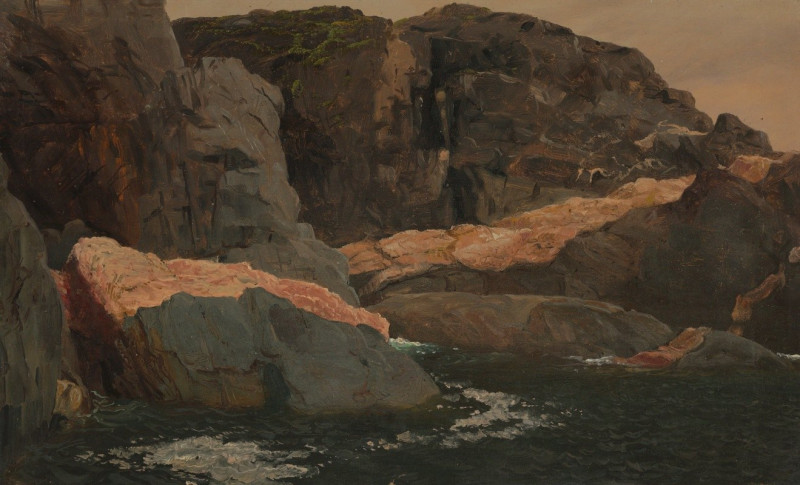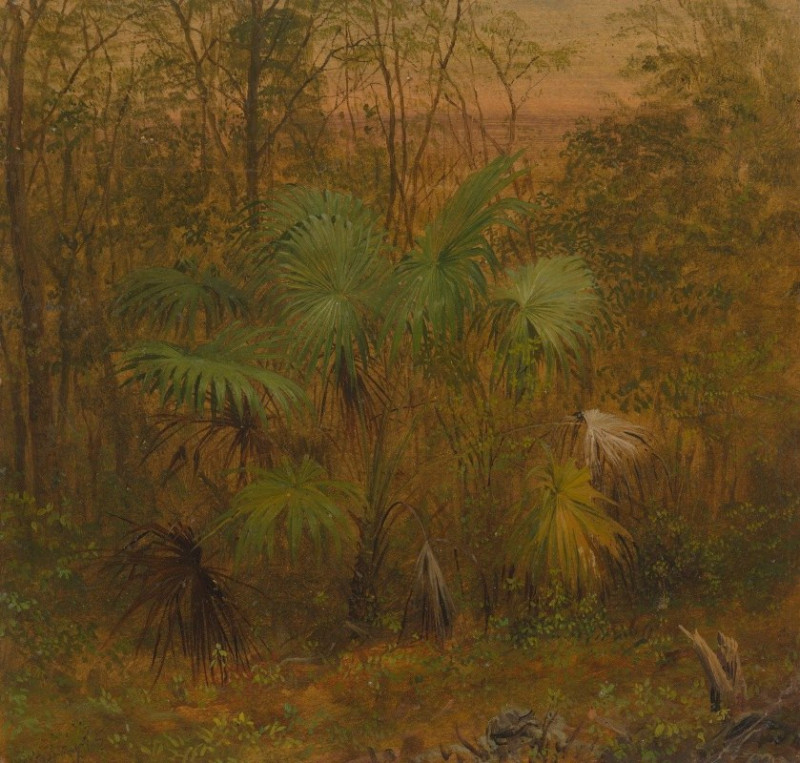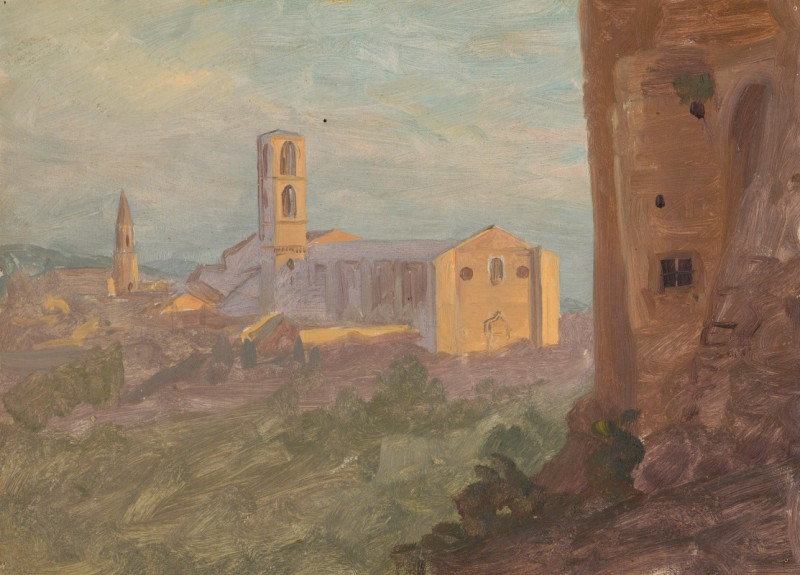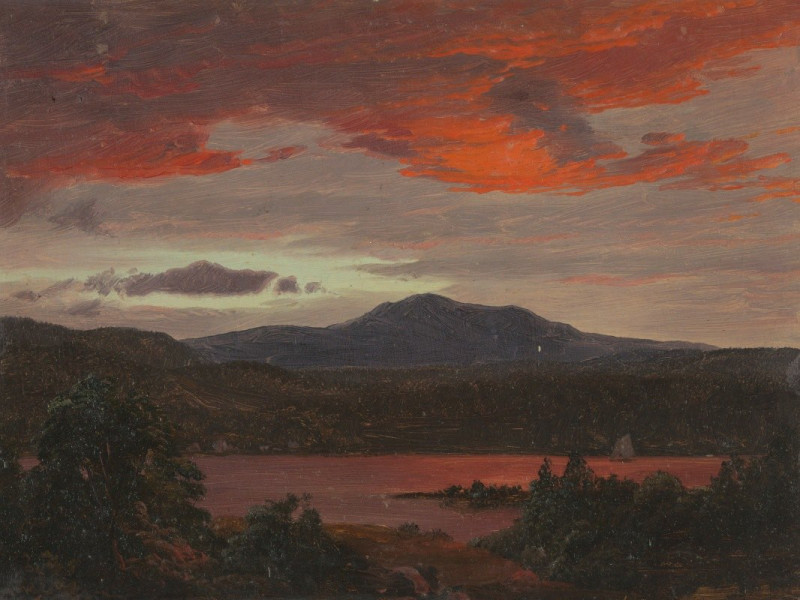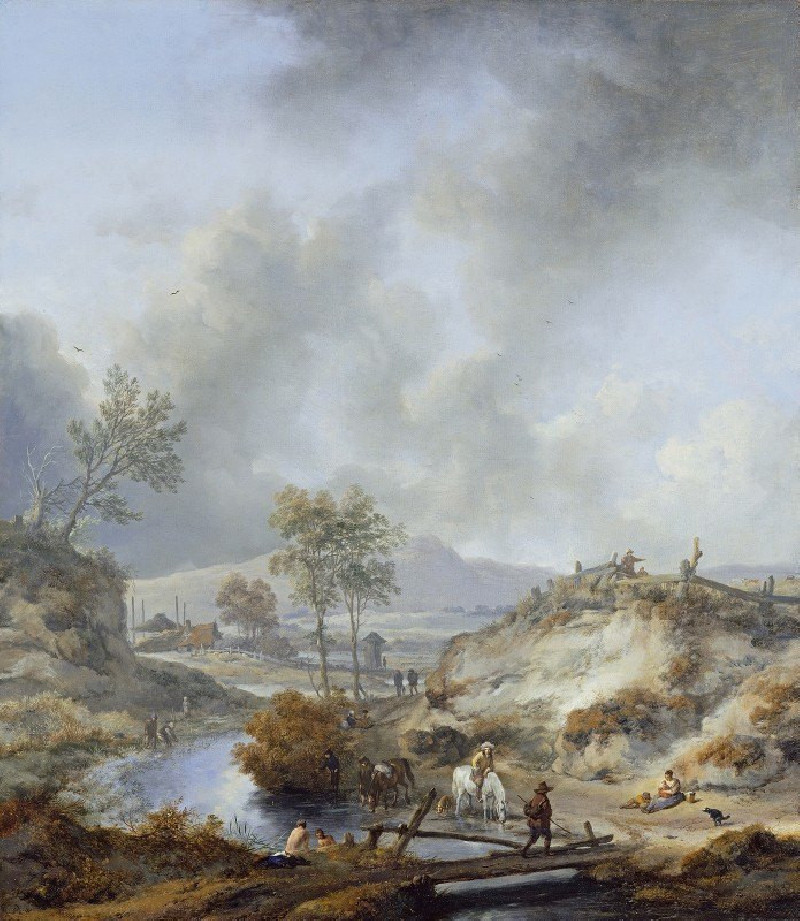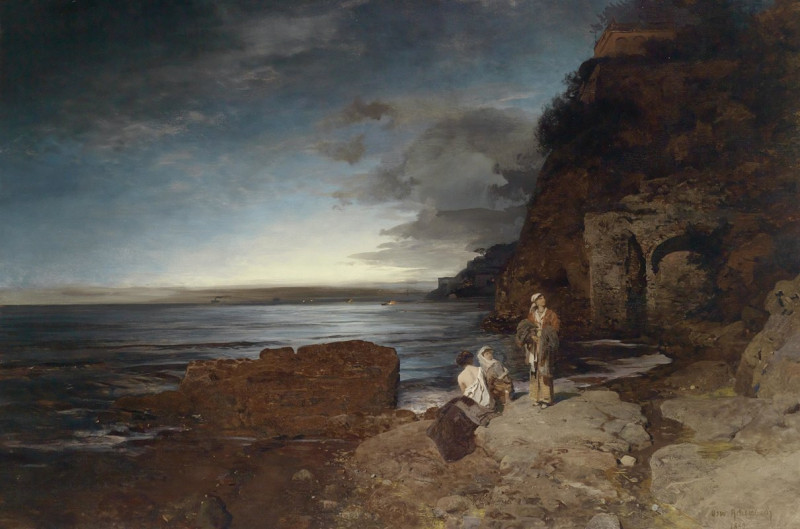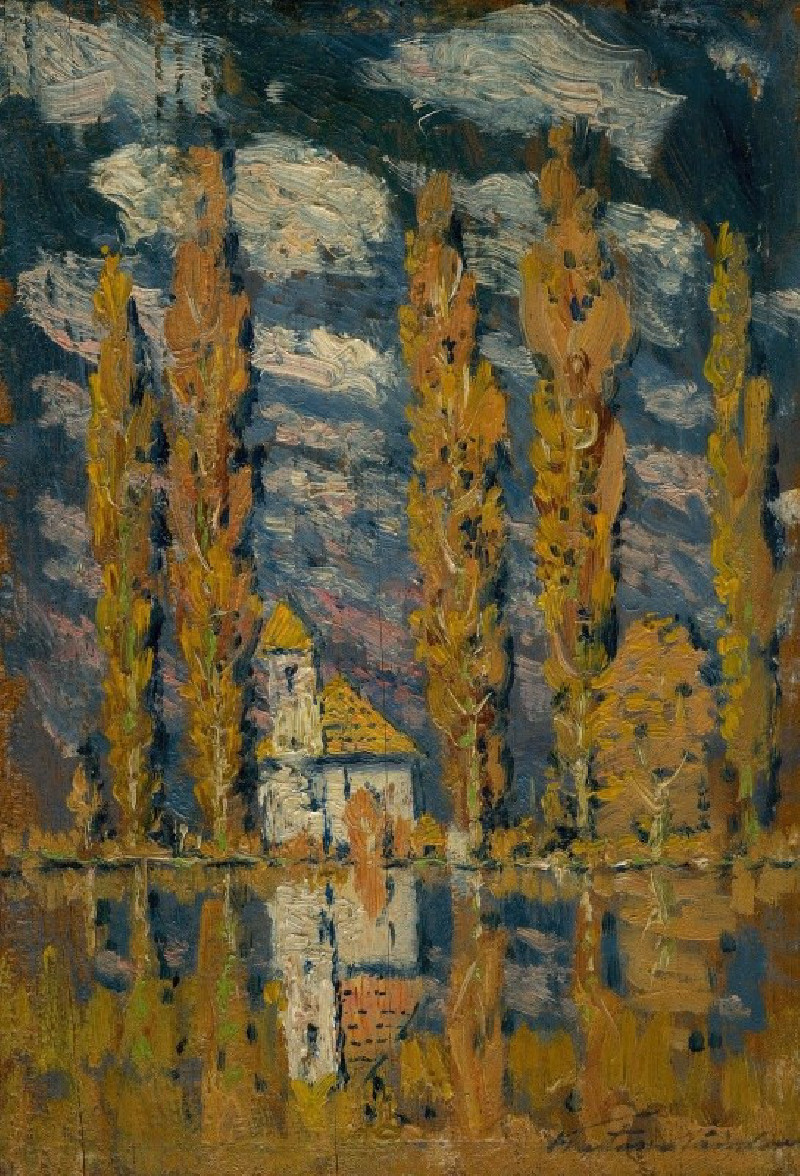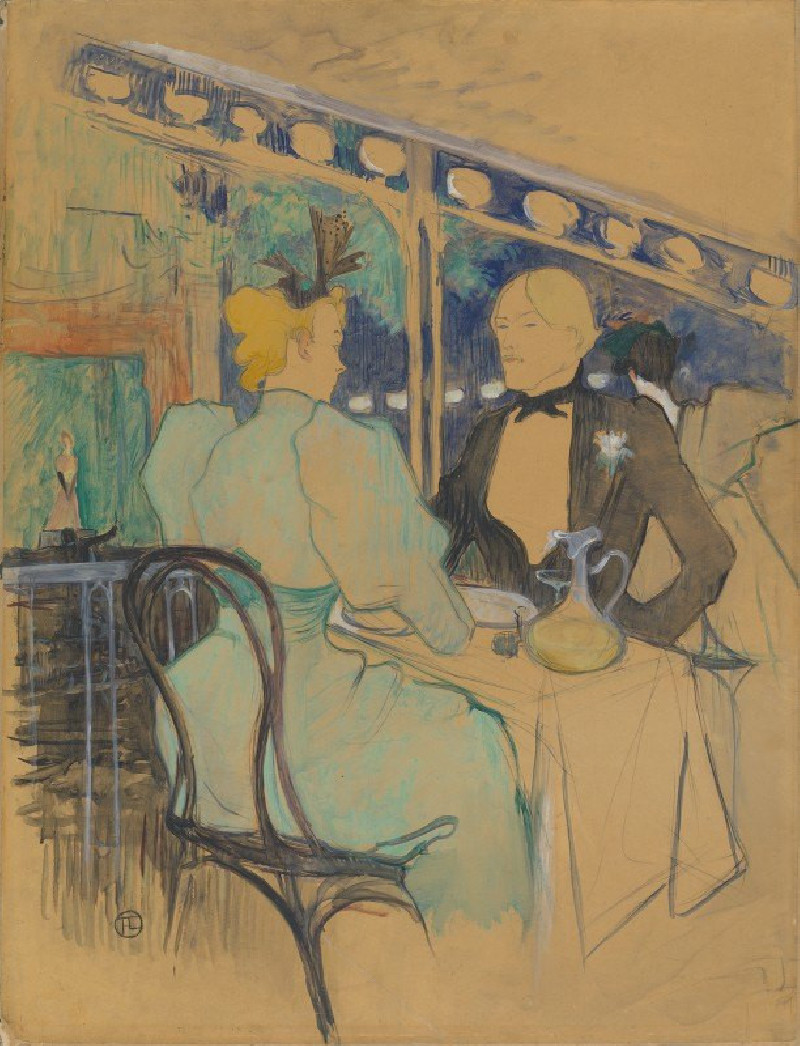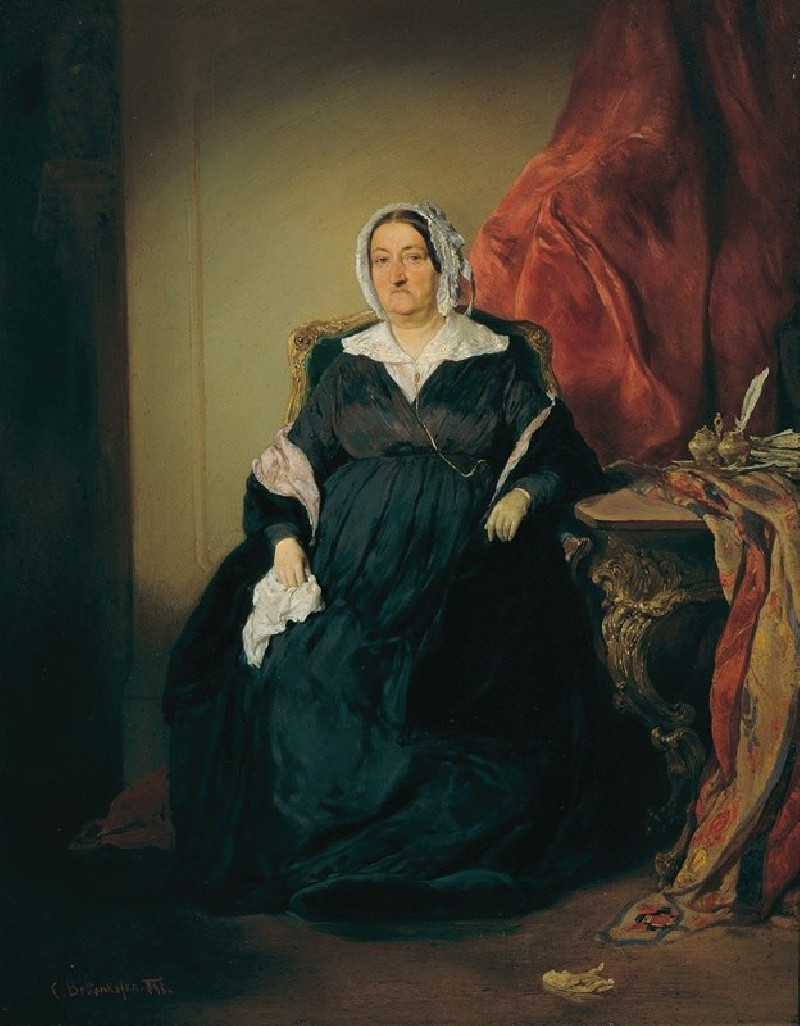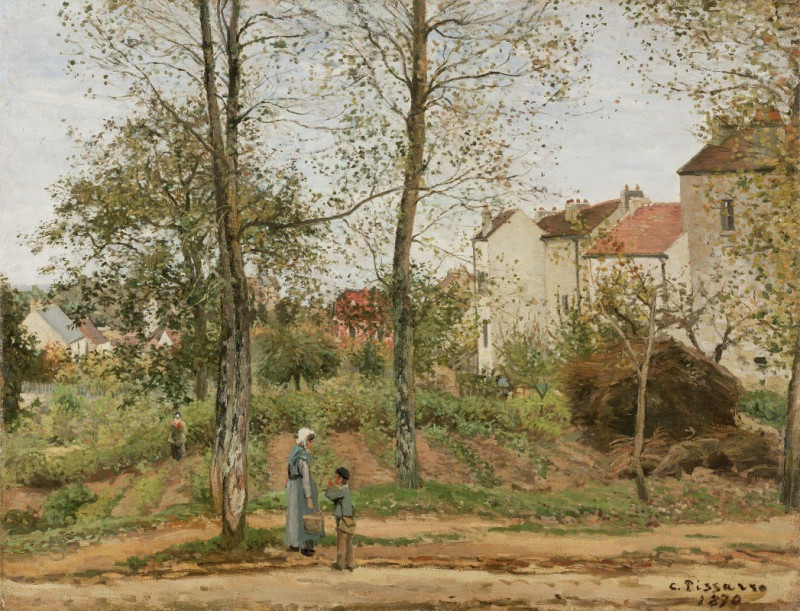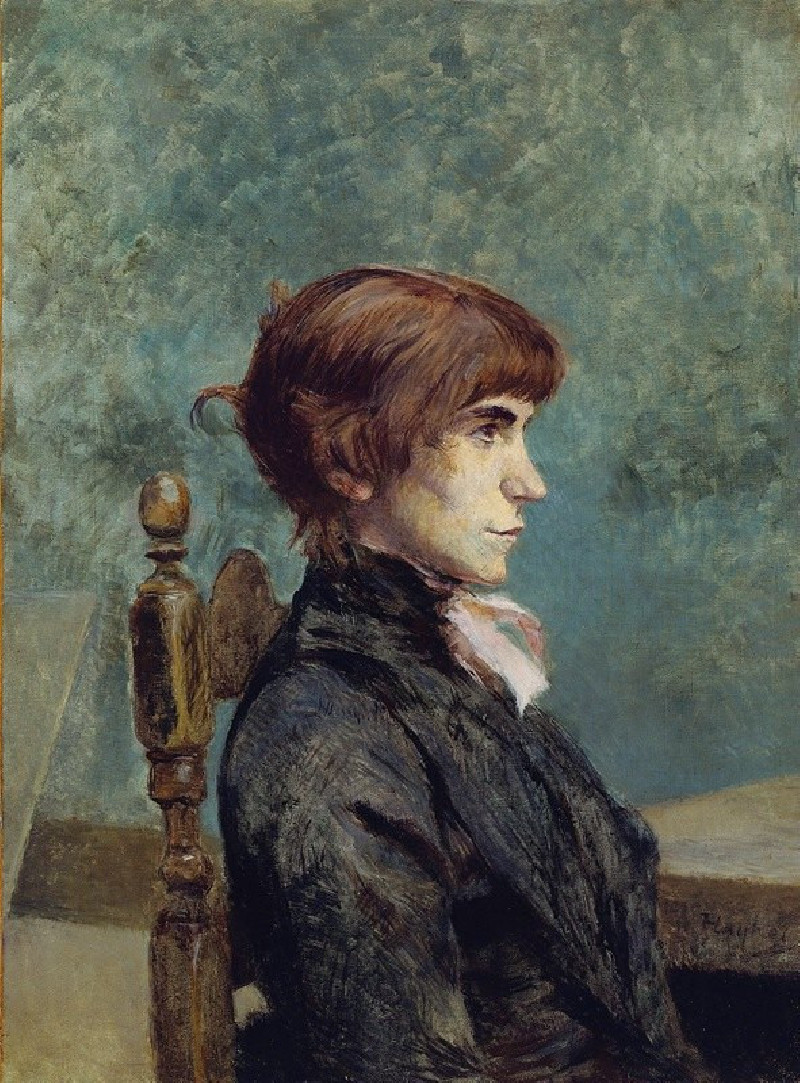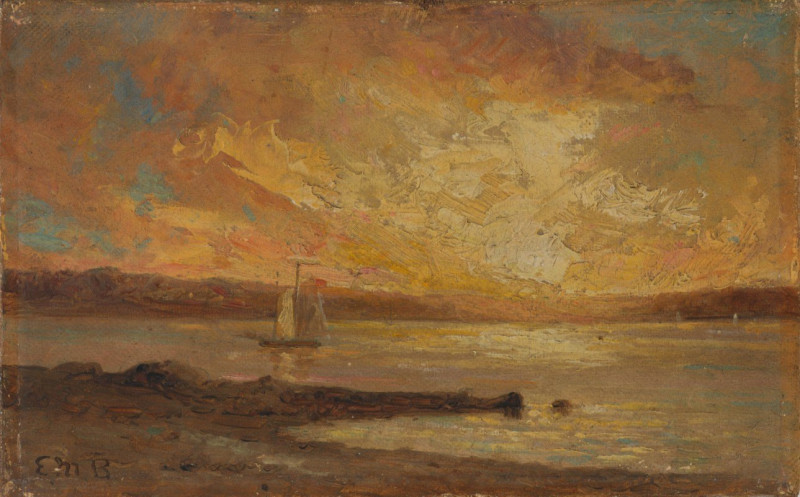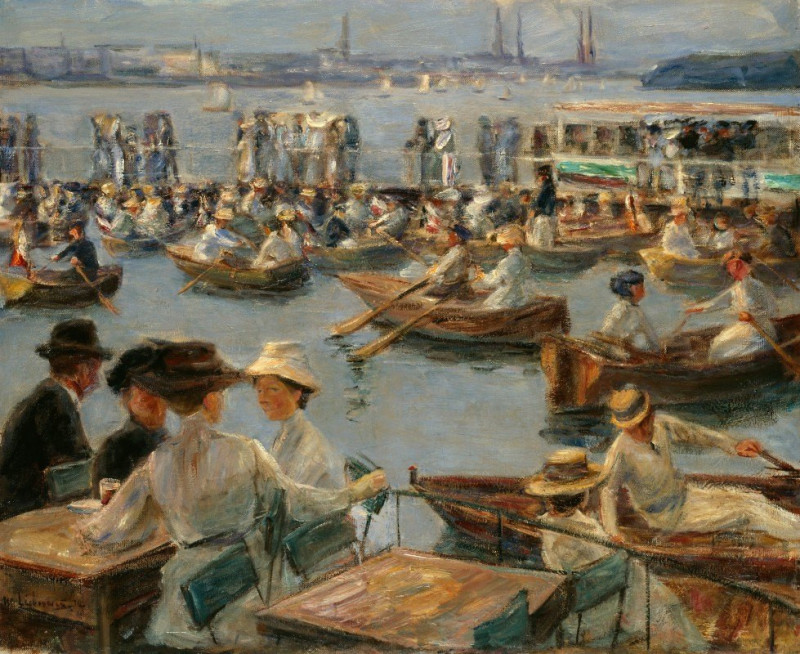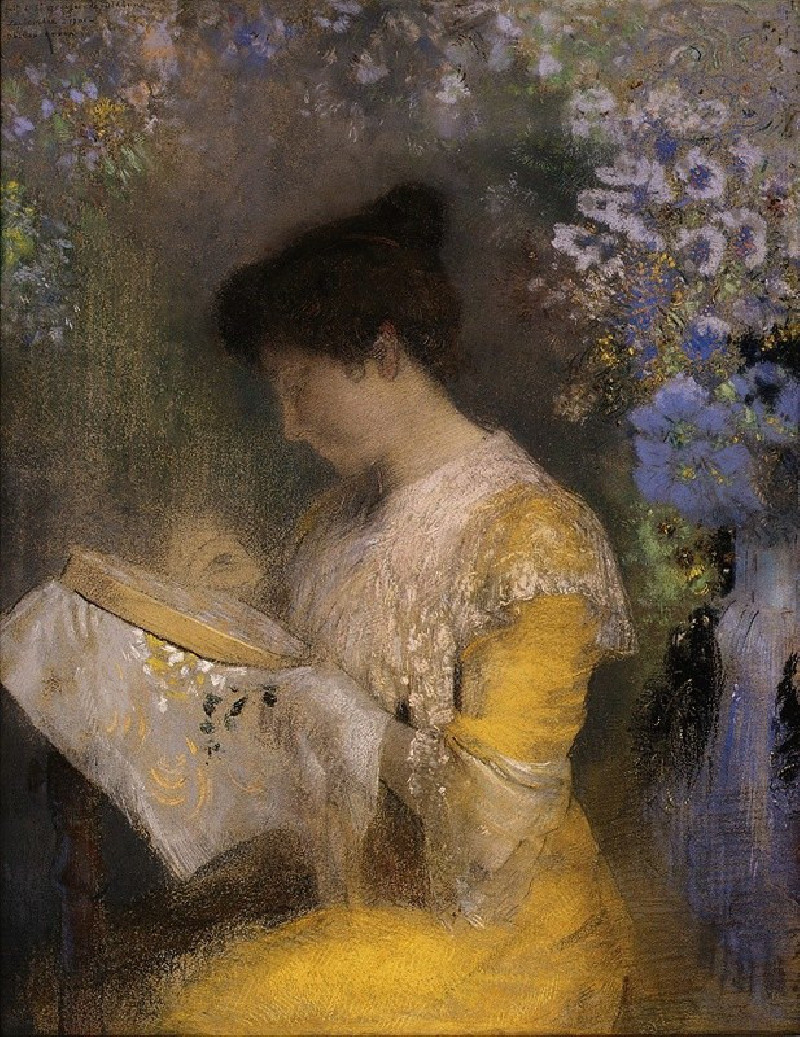Maine Coast (1845–50)
Technique: Giclée quality print
Recommended by our customers
More about this artwork
Maine Coast (1845–50) by Frederic Edwin Church captures the untamed beauty of the Atlantic shoreline with masterful precision and tangible energy. In this painting, Church presents a rugged seascape of Maine, focusing on the volatile interaction between rock and water. Dark, jagged rocks punctuate the left side of the canvas, resisting the vigorous assault of the ocean waves. The sea itself is a dynamic entity in this scene, rendered with frothy whites and deep greens that swirl around and crash against the enduring stones.The tumultuous waters convey a sense of movement that is almost audible — the rush of crashing waves and the pull of the undercurrent leave the viewer anticipating the salty spray. Above this dramatic interaction, the sky merges with the sea in a hazy, indistinct horizon, suggesting a misty or foggy day typical of coastal Maine. This atmospheric effect serves to focus our attention more on the elemental struggle below.Church's technique demonstrates a fluid manipulation of the oil medium, his brushstrokes brisk and confident to reflect the chaotic energy of the natural world. With "Maine Coast," Church not only captures the physical appearance of the seascape but also communicates the awe-inspiring power and eternal struggle between sea and shore.
Delivery
Returns
Frederic Edwin Church (May 4, 1826 – April 7, 1900) was an American landscape painter born in Hartford, Connecticut. He was a central figure in the Hudson River School of American landscape painters, best known for painting large landscapes, often depicting mountains, waterfalls, and sunsets. Church's paintings put an emphasis on realistic detail, dramatic light, and panoramic views. He debuted some of his major works in single-painting exhibitions to a paying and often enthralled audience in New York City. In his prime, he was one of the most famous painters in the United States.

